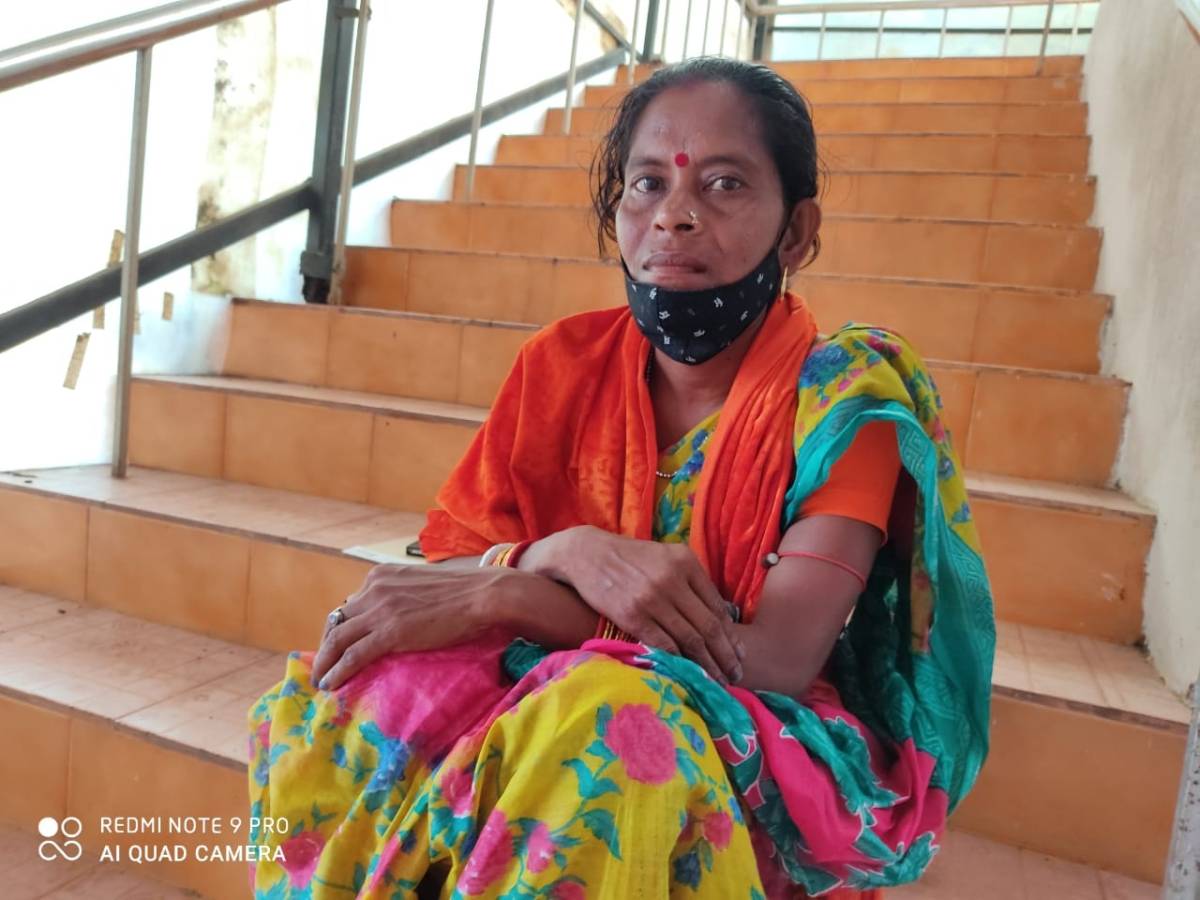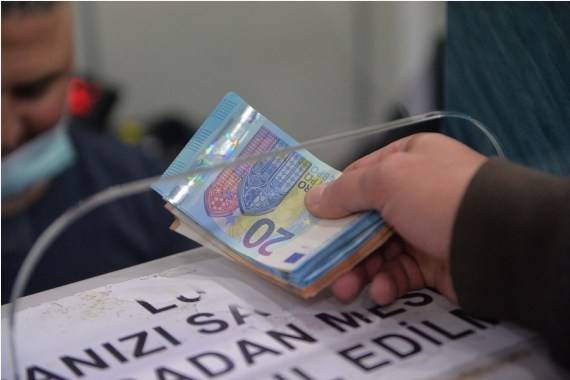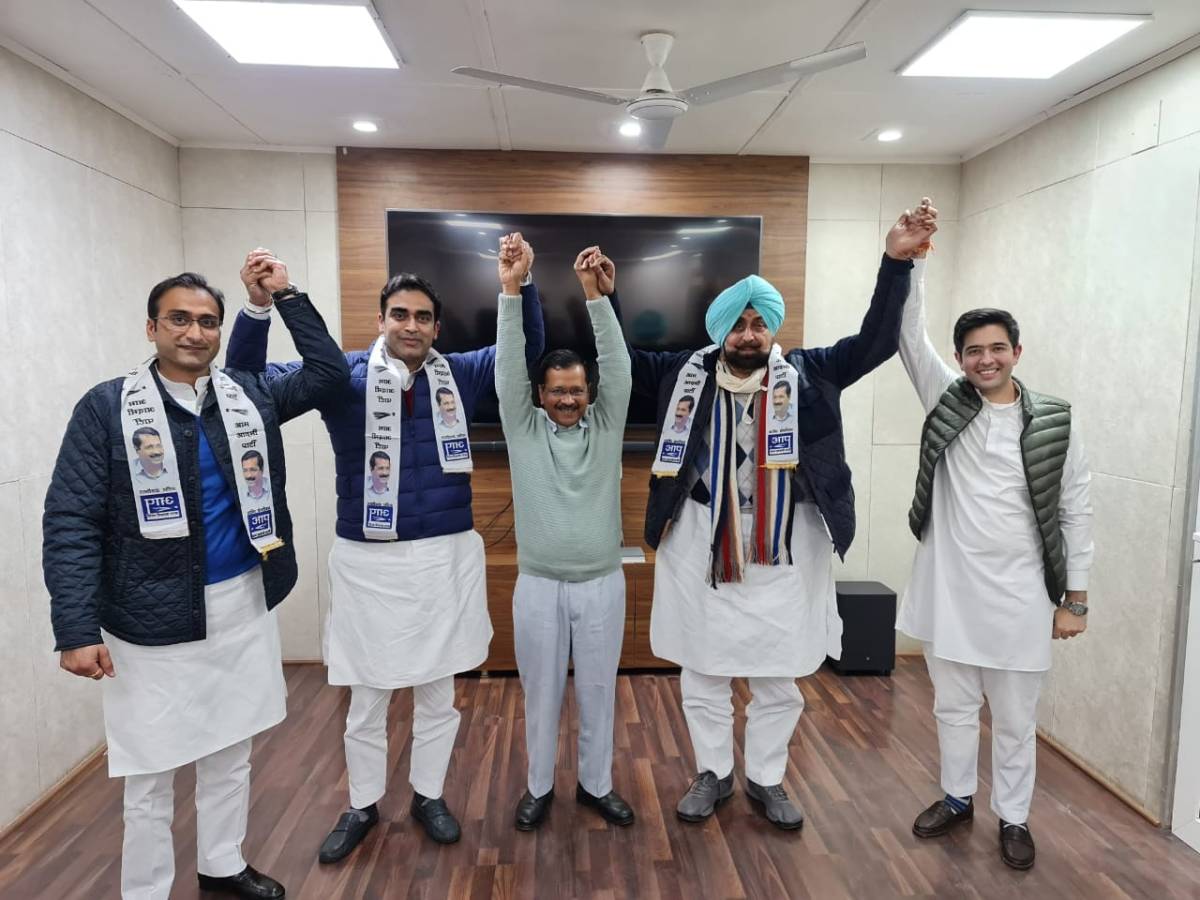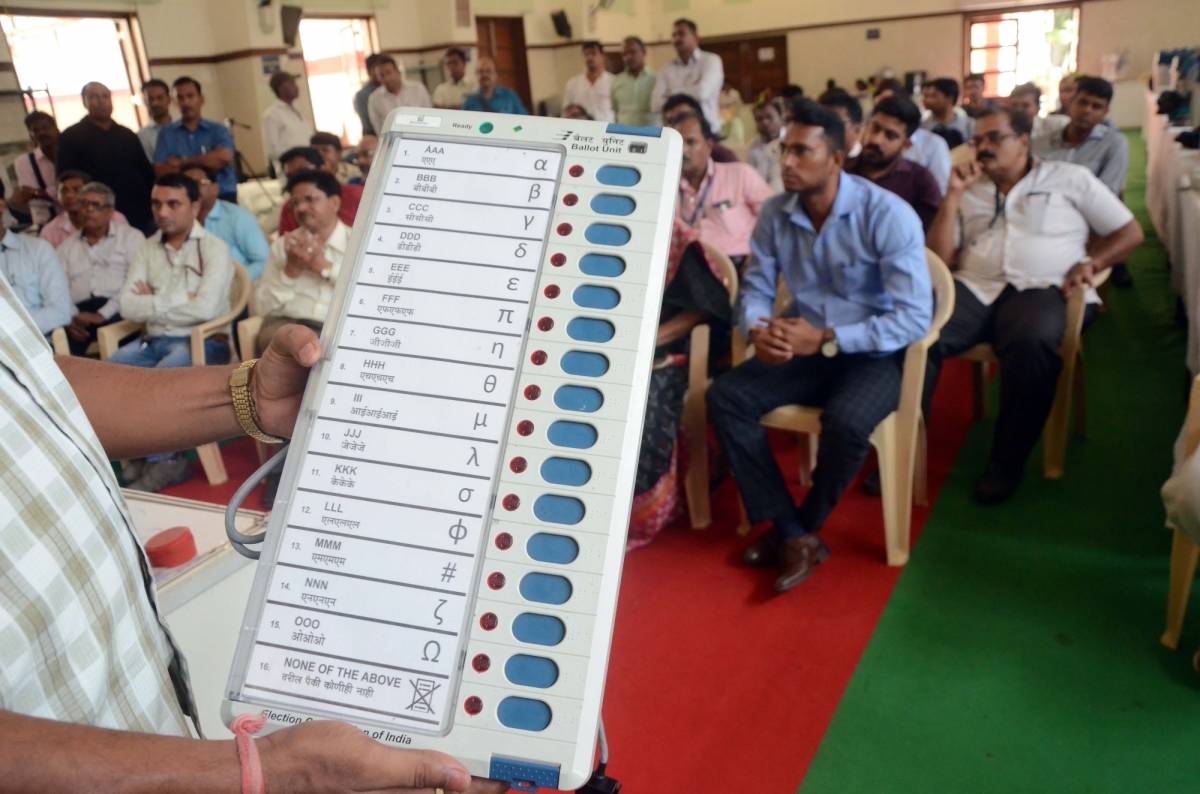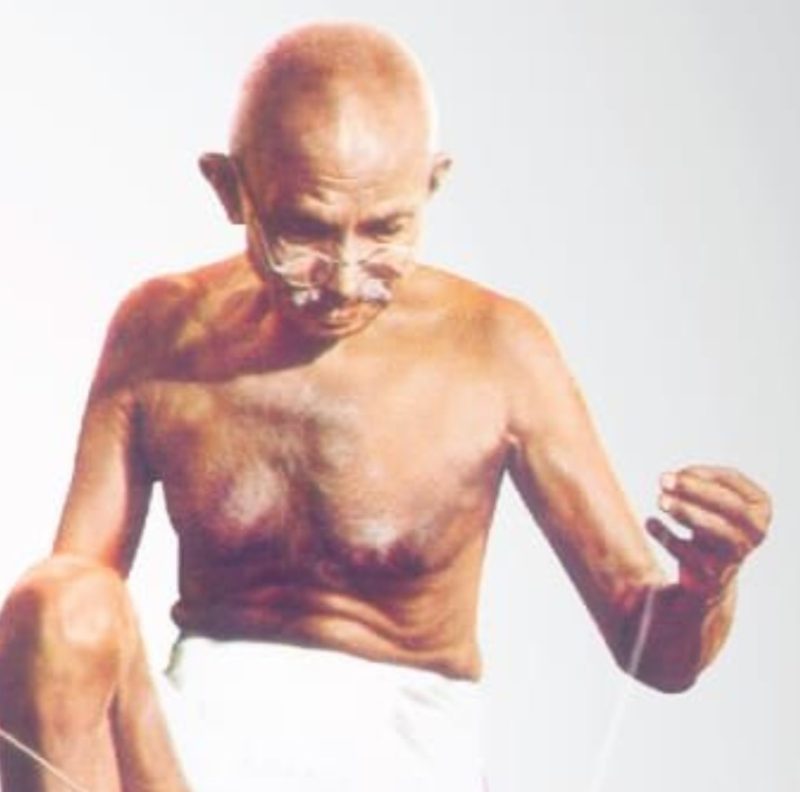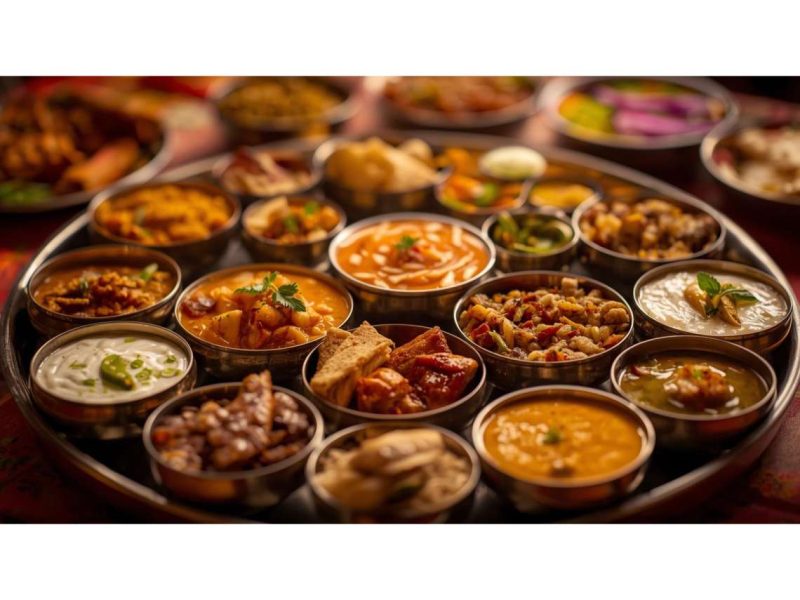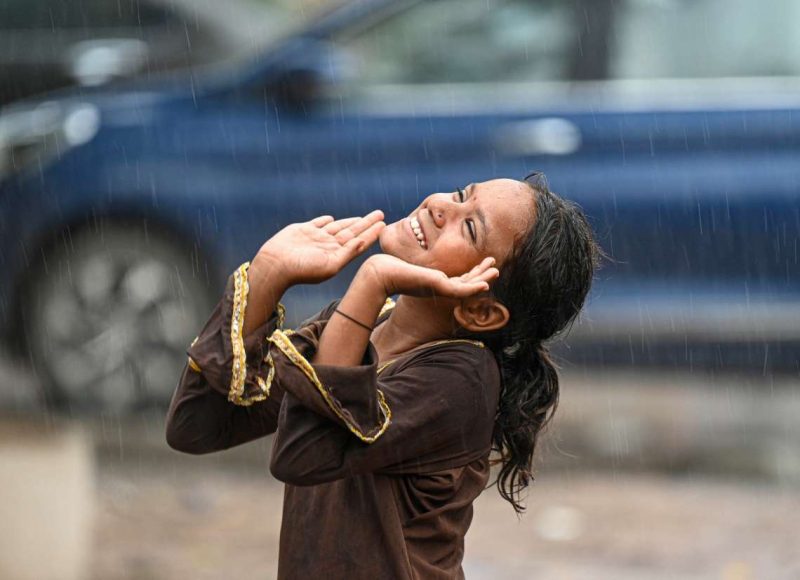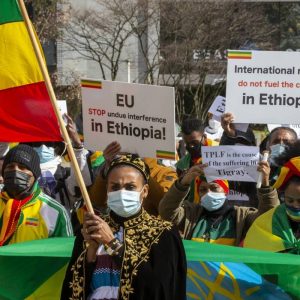In the past, Meena Das said, the members of the Kela community would eat anything they could find — from dead birds to snakes. But now, things have changed as many look forward to a dignified life…reports Asian Lite News
“Amara jati pramana nathibaru ame sarakari sahayataru banchita heuchu (We are deprived of government entitlements because we do not have a caste certificate),” said Meena Das (34) before a gathering of academicians, researchers, and journalists in Odishas capital, Bhubaneswar, in late September.
Das belongs to Sabakhia Kela, one among 13 listed Kela communities found in Pipili, Brahmagiri and Sadar blocks of Odisha’s Puri district. They have lived for generations as a nomadic tribe. Some members of the community are still snake charmers, while others perform stunts for money and food. Many of them play instruments like the Tingi Khadu as they go door-to-door, collecting alms.
Murali Shikari (41) from the Mundapota Kela community said, “The male members of the community bury their heads under the earth and hold their breath while the women beat the drums to attract the public so that they can collect alms. We have also been performing a typical dance form, the ‘ghoda nacha’. That was our livelihood.”

The Kela tribes have been subject to continuous neglect and social stigma. All because the community has never been entitled to the all-important caste certificates that can open the doors to various kinds of government support, claimed Meena Das.
A district official on the condition of anonymity said that it is difficult to issue certificates to the Kela community as they do not have past records or any information about their origins in Odisha.
“One of the key problems in placing these communities on India’s developmental map is the unavailability of authentic and relevant data. It is not available as no caste-wise census was undertaken between 1931 and 2011,” said Sandip Patnaik, a researcher studying the socio-economic conditions of Kela communities.
Patnaik added that most of these communities are nomadic and their numbers are not likely to be enumerated in the Census data.
“A number of states have not prepared the list of de-notified or nomadic communities,” he said, adding, “the lack of official records has made them invisible in the development process. Many of them are still struggling to get a caste certificate so that they can avail government benefits.”
In search of home
The study revealed that Kela communities have limited access to land, housing and sanitation, forcing them to live in neglect.
Murali Shikari said that the government has not been able to provide proper housing for his family either through the Pradhan Mantri Awas Yojana or the Biju Pucca Ghar Yojana meant for the poor. “We are living in a marshy place and are vulnerable to diseases,” he said.
Lata Shikari (65), a widow living in Pipili block, has been waiting for 40 years to build a house through government support. She has attended most of the rallies conducted by the ruling party in Bhubaneswar with the hope that her demand will be fulfilled. She has not succeeded so far.
In the past, Meena Das said, the members of the Kela community would eat anything they could find — from dead birds to snakes. But now, things have changed as many look forward to a dignified life.
“Now, we either work as seasonal labourers or farm labourers and sharecroppers,” she said, adding that the people of her community would be able to live a better life if they had a home.
No jobs, no school
The lack of caste certificates, for example, has left the Kela community unable to access job cards that are given under the Mahatma Gandhi National Rural Employment Guarantee Act.
This was particularly tough when job prospects were further dented by the coronavirus pandemic and the nationwide lockdown imposed by the government in March 2020. “The meagre income we used to get as labourers stopped. We had to depend on the five kilograms of rice that we got from the public distribution system. It was insufficient,” Meena Das said.
Lakhia Shikari (44) of the Beherasahi in Pipili block, who belongs to Mundapota Kela community, said that the pandemic forced them to once again take up their traditional occupation.
“The sudden lockdown announcement crushed our livelihood. We lived hand-to-mouth. When there were no work opportunities due to the pandemic, we fell back to our traditional occupation — begging for alms,” she said.
Muna Das (21), from Ghusuria Kela community, had to quit college during the pandemic and work at a farm to provide for his family. He was unable to procure a stipend when he was completing his degree as he had no caste certificate. He had to pay regular fees like his counterparts from the general category, ultimately making it difficult for him to continue his studies.
“I approached government officials and even the district collector to request a caste certificate, but to no avail,” he said.
Muna Das’ dreams of becoming a teacher were shattered due to the lack of caste certificates. “We are so invisible in the eyes of the government that even after so many years of independence we are deprived of a caste certificate. Now, the pandemic has broken all our hopes,” he rued.
Murali Shikari’s children studied for free till Class 8 in a government-run school. However, to put them through high school, he will now have to pay fees. “Due to lack of caste certificates, our children are unable to get a stipend to continue studies. Many children drop out from schools as their parents fail to pay school fees,” he said.
Stigma that follows them everywhere
The stigma attached to the Kela communities has followed them even in dire situations, highlighting rampant discriminatory practices. They were not spared even during natural calamities.
When Cyclone Fani killed 74 people in Odisha in April 2019 and caused damages worth Rs 1200 crore, several shelters were built to temporarily rehabilitate those who were displaced. Here, the members of the Kela communities were allegedly subjected to casteist behaviour by people of the upper caste.

“In the multi-purpose cyclone shelter, the upper castes had already occupied the space and they didn’t allow us to enter,” said Meena Das. “Thus, we returned and took shelter in a school verandah. Here, the upper caste people did not allow us to use the washroom. We were forced to urinate at a faraway place even when it was raining heavily,” she said.
Even in their day-to-day lives, the women of Kela community have had to face discriminatory remarks, like while foraging for date leaves that they use to stitch mats or make brooms.
Rupa Shikari from the Mundapota Kela community said, “People either deny or demand money for the leaves. How will we pay the amount? Moreover, the availability of plastic mats and brooms have made it difficult to sell our traditional skills,” she said, adding that they were now working as construction labourers to make ends meet.
ALSO READ-Sanskruti Darshayaami – Captivating Republic Day celebrations in London


